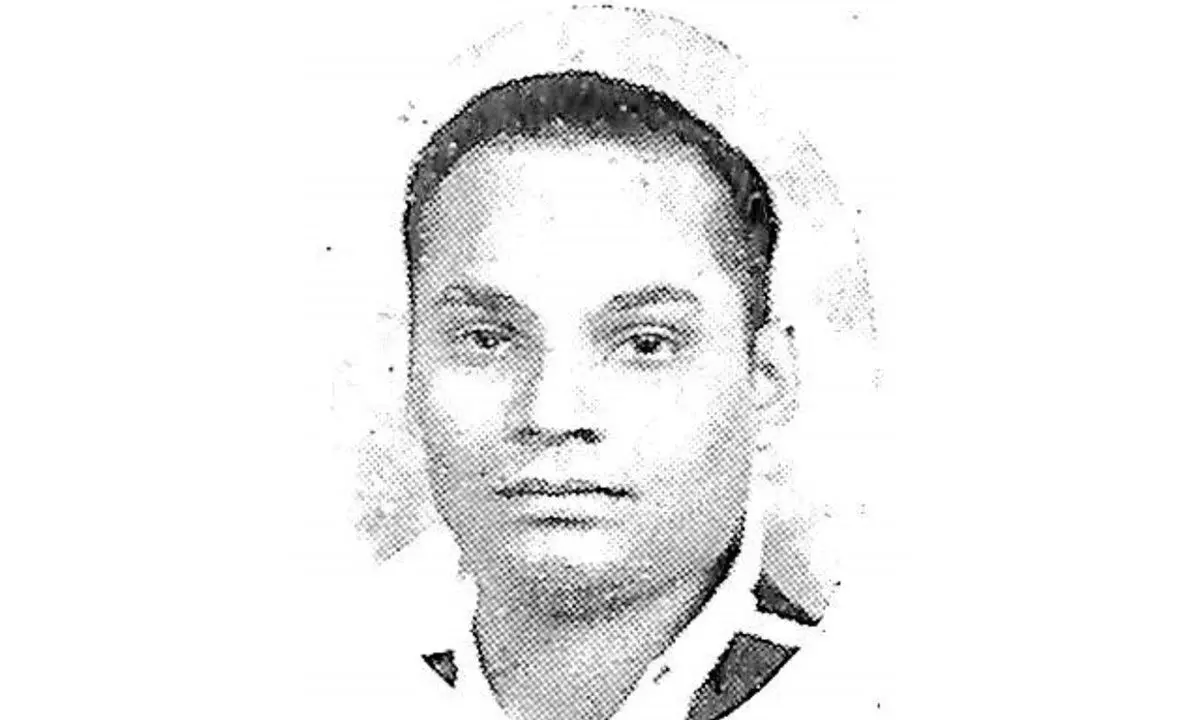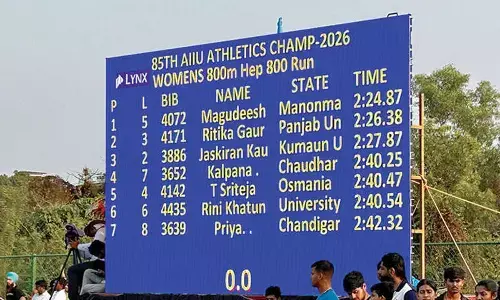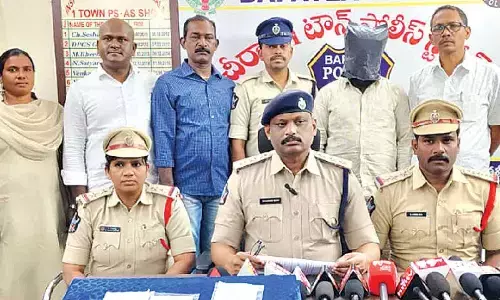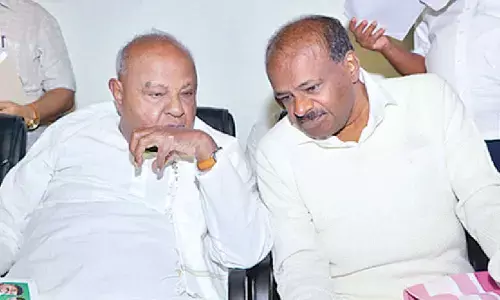India's first Test cricketer was a promising all-rounder

Ladhabhai Nakum Amar Singh
Ladhabhai Nakum Amar Singh (1910-1940), aka Amar Singh has the enviable distinction of being the first Indian player to have received the Test cap on June 25, 1932 when India toured England.
Ladhabhai Nakum Amar Singh (1910-1940), aka Amar Singh has the enviable distinction of being the first Indian player to have received the Test cap on June 25, 1932 when India toured England. The noted writer and intellectual, Ramachandra Guha, wrote about the team in his book 'A Corner of a Foreign Field – The Indian History of a British Sport' (Picador, 2002) and said it "nicely reflected the balance of communal interests".There were seven Hindus, four Muslims, four Parsees and two Sikhs in the team. In a rare gesture, as history records point out, the team was headed by a commoner, the 36-year old C K Nayudu, one of the known legends of the game in later years. Nayudu's debut as a captain was facilitated as the official captain, the Maharaja of Porbandar and his deputy, the Raja of Limbdi, made way for his ascension.
For sure, it should have been an experience of a lifetime for the 21-year-old to have made his debut at the international level at Lord's, revered as the Mecca of cricket. What was however, worthy of attention, was that it was the only Test scheduled during that tour in which the home team achieved a fabulous victory crushing the visitors by 158 runs, making the Indian team play the fourth innings with the winning target at 346. India, however, collapsed for 187 in which Amar Singh scored an impressive 51, despiteknitting partnerships as the game progressed and being the last wicket to fall.
In all, Singh played the first seven Test matches that India played, in a career from 1932-36, in which he took 28 wickets. Pairing along with Mohammad Nissar, he was considered an ace bowler who took ten wickets in a match three times during his cricketing career. His achievements included the ultimate for an all-rounder: 1000 runs and 100 wickets in the Ranji trophy, the first Indian to do so.
Known for his aggressive field setting and a bowling action which aimed the ball at the stumps, Amar Singh is reported to have retained the same set of fielding positions for all the players during his bowling phase. Among his all-round qualities, in which his pinch-hitting and quick scoring was valued, the team think-tank promoted him up the batting order a few times. His close-in fielding at the slip position was very useful as he snapped many catches, which was however, not the case with his other teammates, a fate which bogs down Indian fielding till date.
Generously praised by his rivals for his abilities, Amar Singh played league cricket in England during his cricketing days. Known more for its world-class spinners, it's indeed a great revelation that the country boasted of pace bowlers, who adapted well to foreign conditions, right at the beginning of its formal test cricket journey. Even more notable is that we had all-rounders who were taken note of. A final stat in Singh's favour is that his batting average in seven tests, the same number which his captain C K Nayudu played was at 22.46 (292 runs in all), whereas Nayudu scored 350 runs at an average of 25.Tragically, Amar Singhdied at the age of 29 in 1940 after a fever contracted after a long swim developed into typhoid, as per reputed cricket website ESPN Cricinfo.
(Next: Hemu Adhikari –free India's first Test player)

















